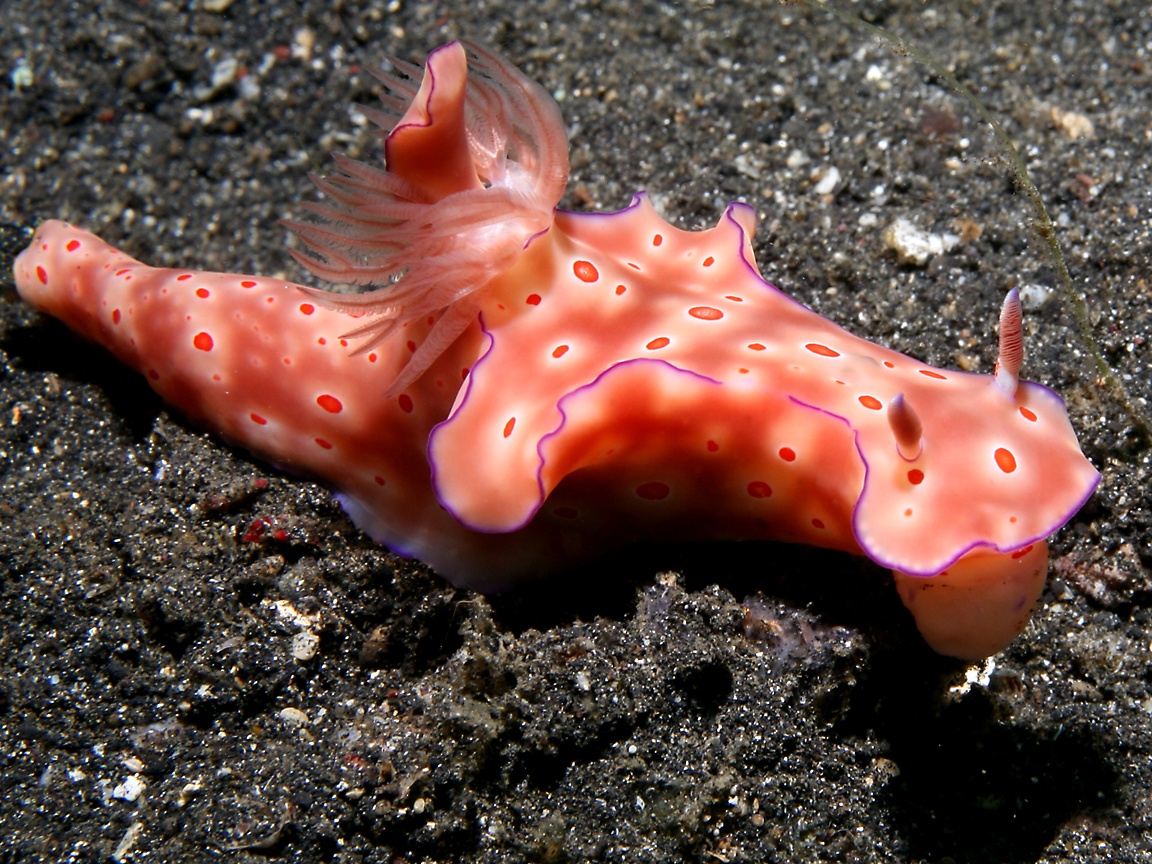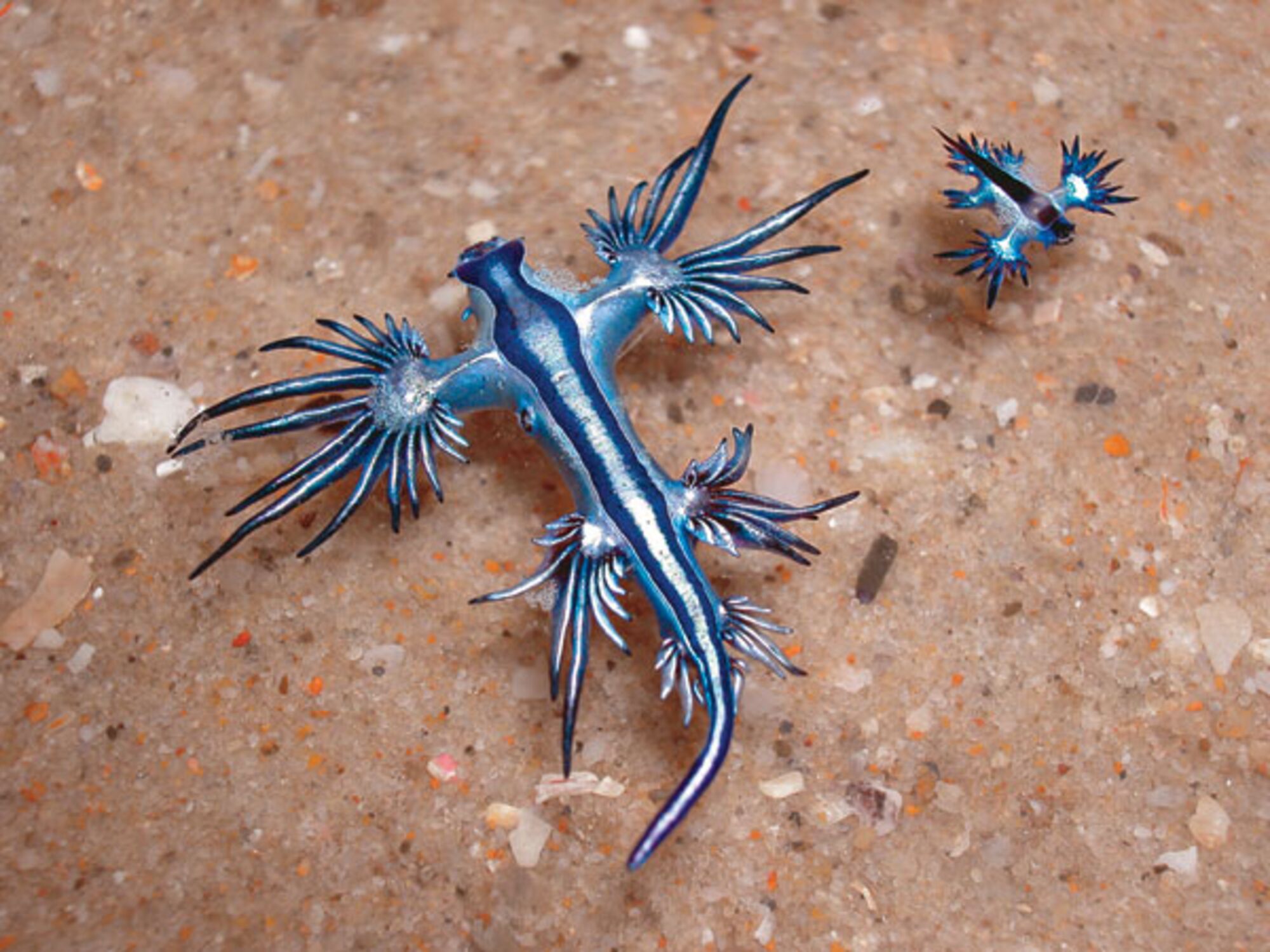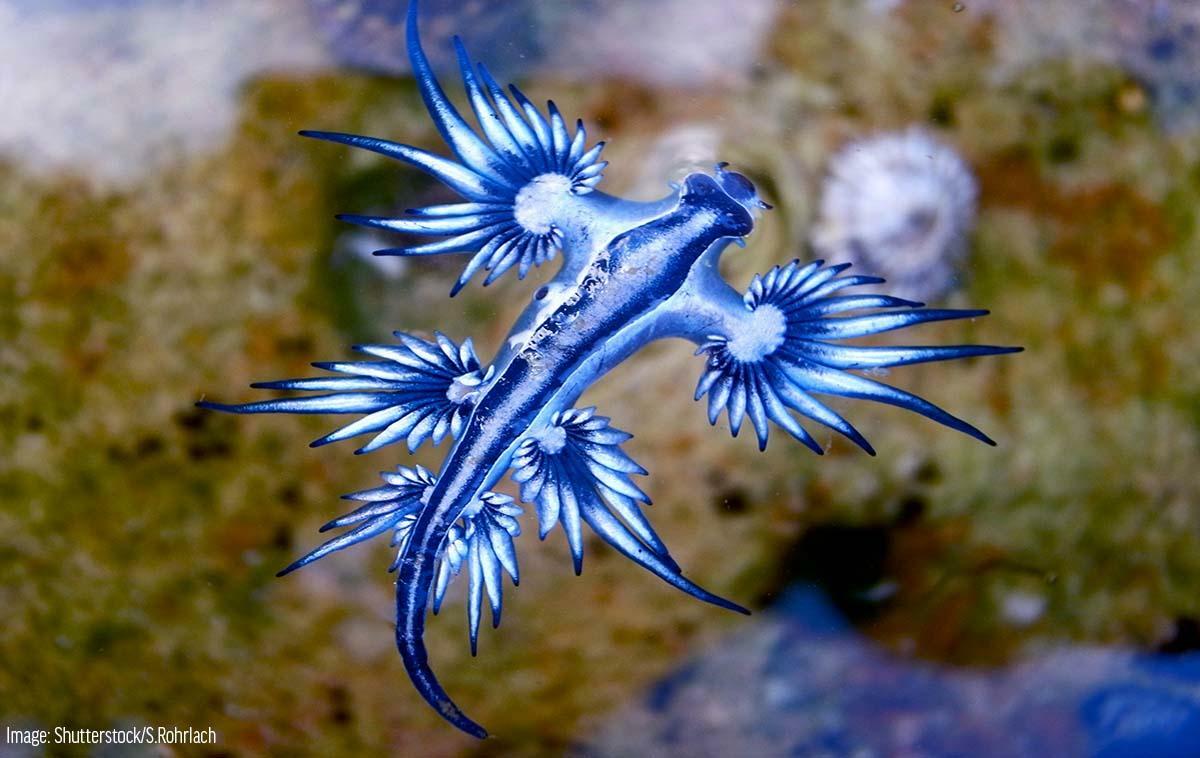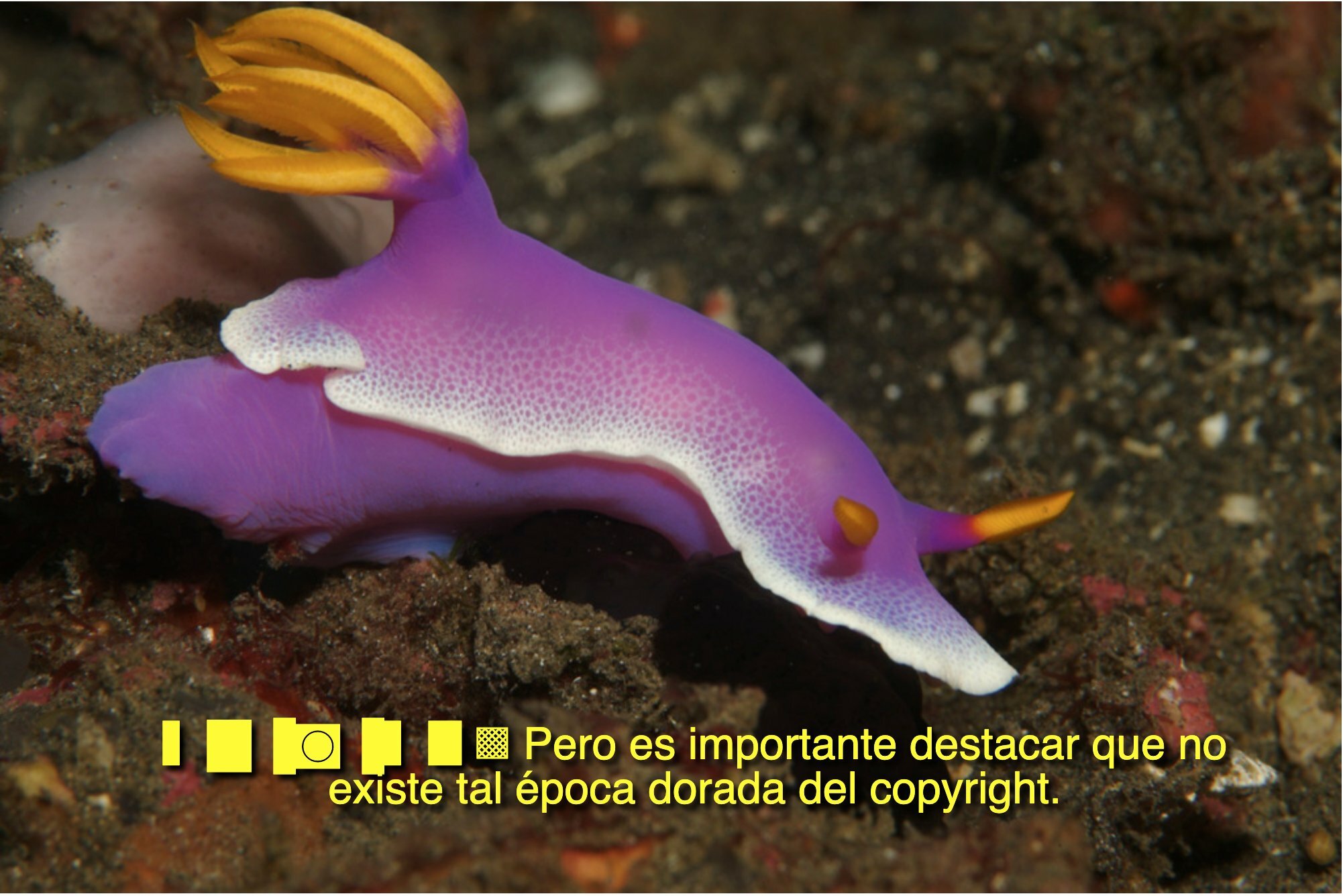Nudibranchs belong to the phylum Mollusca, which includes various soft-bodied organisms like snails, scallops, and octopuses. While many mollusks possess hard, external shells, nudibranchs have evolved away from this trait, often reducing or completely losing their external shells. The name “nudibranch” originates from the Greek words for “naked gills,” reflecting their shell-less bodies and exposed gills.

There are over 3,000 known species of nudibranchs worldwide, with new discoveries happening regularly. These creatures vary greatly in size, ranging from tiny specimens that can fit on a fingernail to larger ones approaching two feet in length.

For taxonomy enthusiasts, nudibranchs belong to the class Gastropoda, which includes snails. Within Gastropoda, they fall under the subclass Opisthobranchia. While all nudibranchs are considered sea slugs, not all sea slugs are nudibranchs.

Dorid nudibranchs are the largest suborder and typically have flattened oval bodies. They possess two sets of projecting structures: rhinophores (chemosensory organs) at the front and gills at the back. Dorids are known for their exposed gills, which gave rise to the name “nudibranch.”

Aeolid nudibranchs have elongated bodies equipped with cephalic tentacles and rhinophores near the head. These structures contain chemosensory receptors for detecting chemical cues in the water. Cerata, thin cone-shaped extensions along the back, serve both in digestion and respiration.

Arminid nudibranchs are distinct with their flattened, wide bodies resembling the shape of a leaf or paddle. They have a reduced number of cerata and a unique way of respiration through a specialized gill cavity.

Nudibranchs are known for their vibrant colors and intricate patterns, making them a favorite among underwater photographers and marine enthusiasts. Their remarkable diversity and intriguing behaviors continue to captivate scientists and nature lovers alike.

In summary, nudibranchs are captivating marine creatures belonging to the mollusk phylum. They exhibit a wide range of sizes, shapes, and colors and can be classified into four suborders: dorids, aeolids, dendronotids, and arminids, each with distinct features and behaviors. These unique animals contribute to the rich biodiversity of our oceans, inspiring awe and curiosity among those fortunate enough to encounter them.

VIDEO:





